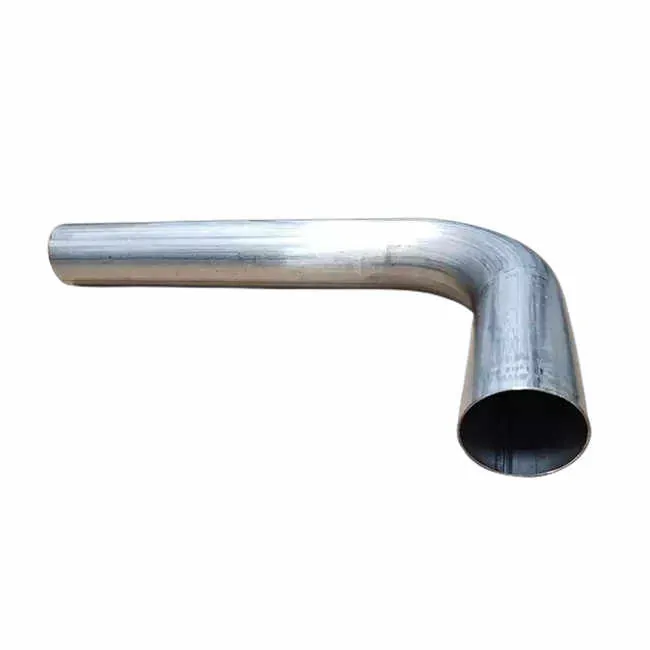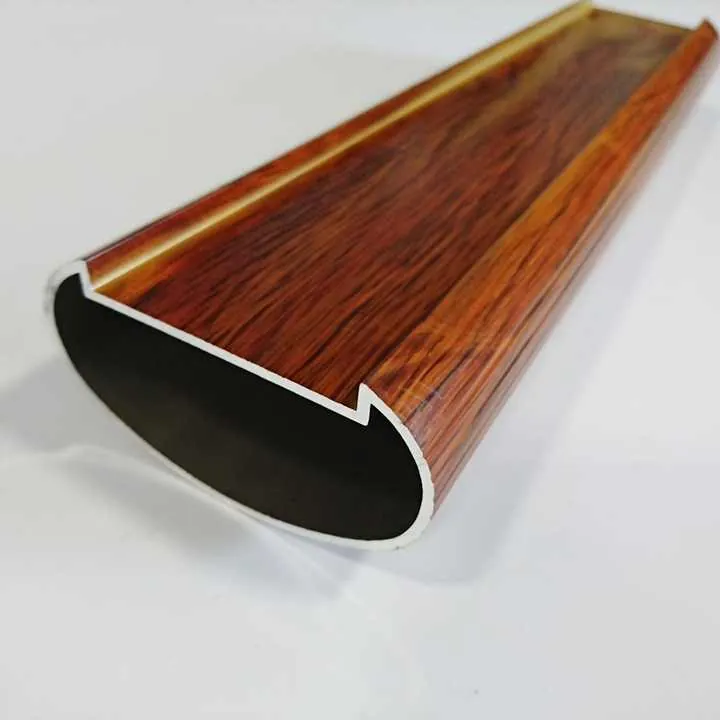Custom Telescopic Poles for Outdoor Use?

I once customized a telescopic pole for my backyard camera. The first build sagged in wind—teaching me that choosing materials, lock mechanisms, and finishes wisely makes a huge difference.
A good outdoor telescopic pole must balance light weight, strength, secure locking, load capacity, and weather protection.
Let’s explore suitable materials, lock systems, structural specs, weatherproof finishes, and design tips.
What materials suit outdoor telescopic poles?

Choosing the right material is key to strength, corrosion resistance, and ease of use in telescopic poles.
Common choices include anodized aluminum alloys, stainless steel, fiberglass, and composite blends to suit different loads and environments.
Materials Comparison
| Material | Benefits | Drawbacks |
|---|---|---|
| 6061-T6 Aluminum Extrusion | Lightweight, good corrosion resistance | May dent under heavy load without thick walls |
| 7075 Aluminum Alloy | High strength | More expensive, less ductile |
| 304/316 Stainless Steel | Strong and corrosion-proof | Heavier, harder to machine |
| Fiberglass Reinforced Plastic | Non-metal, UV-stable, dielectric | Bulkier profiles, potential creep over time |
| Composite with Aluminum Core | Strength + corrosion resistance | Costlier and harder to source |
I built a 4-meter camera pole. 6061 aluminum was easy to extrude and anodize. After wind tests, we switched to 7075 for the top segments to reduce sag.
How to design locking mechanisms for telescopic poles?

A telescopic pole needs secure, easy locks to hold extended length without slipping under load.
Common locking types include twist locks, lever cams, button locks, and collet or pin systems suitable for outdoor telescopic use.
Locking Options
| Lock Type | Strength | Ease of Use | Durability | Use Cases |
|---|---|---|---|---|
| Twist Lock | Medium | Moderate | High | Light outdoor antennas |
| Lever Cam | High | Very Easy | Good | Solar panel mounts or awnings |
| Button Pin | Low | Quick | Moderate | Budget garden flag poles |
| Collet Lock | High | Moderate | Very High | Professional camera use |
| External Clamp | Very High | Moderate | Good | Heavy-duty or photographic use |
Design Insights
- Twist locks depend on friction—coatings and tolerances matter.
- Lever cams lock quickly with lever, but may loosen over time.
- Button locks are fastest but weaker and prone to dirt jam.
- Collet locks use internal expansion—smooth and secure but complex to machine.
- External clamps handle heavy loads but add weight and cost.
My second prototype used collet locks. They gripped tightly, and I added plastic sleeves to improve corrosion resistance and grip when wet.
What are load-bearing specs for outdoor poles?

Telescopic poles must carry mounted equipment and resist wind over length. Calculations must meet safety under dynamic loads.
Load specs depend on segment length, diameter, wall thickness, material, and maximum expected wind or weight at tip.
Load Considerations
-
Axial Load (Weight)
- Includes camera, antenna, or light.
- Use cross-sectional area × material yield strength to check crush safety.
-
Bending from Wind
- Wind pressure ~ 0.6 × wind_speed2 (m/s).
- Bending moment = Pressure × projected area × length to load.
- Compare moment capacity using I × yield stress / distance to neutral axis.
-
Buckling stability
- Use Euler’s formula: Pcr = π2EI/(KL)2, with K=effective length factor.
-
Safety factor
- Use SF 2–3 for outdoor conditions to account for gusts and aging.
Example Specifications Table
| Segment | Material | OD × WT (mm) | Safe Cantilever Load (5m) | Buckling Load (10m stroke) |
|---|---|---|---|---|
| Outer | 6061-T6 Al | 40 × 2.0 | ~10 kg | ~150 N |
| Mid | 7075-T6 Al | 35 × 1.5 | ~8 kg | ~120 N |
| Inner | 7075-T6 Al | 30 × 1.2 | ~6 kg | ~100 N |
Real-world load dims depend on alloy, but our prototype held a 3?kg camera and resisted wind gusts to 20 m/s with no deflection issues.
How to finish poles for weather resistance?

Finishing makes poles resist corrosion, UV, and wear. Surface treatments also improve aesthetics and reduce friction in sliding.
Finish options include anodizing, powder-coating, wet painting, and plastic-sleeved inserts at locks.
Finishing Options
| Finish Type | Protection Offered | Notes |
|---|---|---|
| Type II Anodizing | 10–20 μm oxide; abrasion & corrosion | Keeps aluminum silver; resists wear |
| Type III Hard Anodize | 25–50 μm; extra durable | May require thicker tolerance machining |
| Powder Coating | Colorful finish with UV/abrasion resistance | Needs primers and curing |
| Wet Paint (Polyurethane) | Custom colors with spray finish | Less durable than powder, higher VOC |
| PTFE or Teflon Spray | Low friction, prevents sticking | Useful in sliding sections |
Additional finishing tips:
- Lubricate locks with silicone grease to help slides.
- Add plastic end caps to seal moisture.
- Use rubber or nylon bushings to isolate metal-metal contact.
- For coastal use, step up to Type III anodize or marine-grade powder coat.
I anodized poles in gunmetal gray and included PTFE on internal slides. The result slid smoothly even after a year in salt air by the sea.
Conclusion
Designing outdoor telescopic poles means balancing material, locking reliability, load safety, and durable finishes. 6061 or 7075 aluminum offer good weight-to-strength. Choose your lock type based on load and ease, calculate wind and bending specs carefully, and finish with anodizing or powder coat. With careful engineering, your pole will stand strong through sun, wind, and rain.
True/False Questions
Friction collet locks offer secure holding for telescopic poles under moderate wind loadsTrue
A collet expands internally to grip tightly and is less prone to slippage under load.
Type II anodizing provides more corrosion protection than powder coatingFalse
Powder coating generally offers better overall corrosion and abrasion protection than light Type II anodizing.



